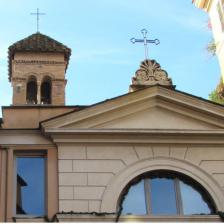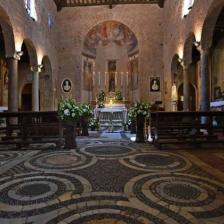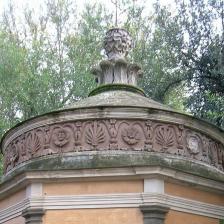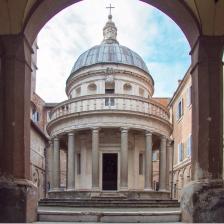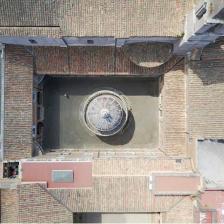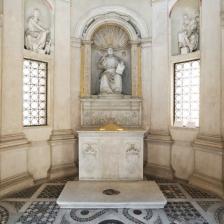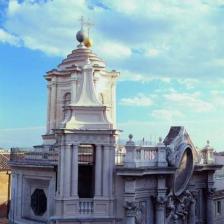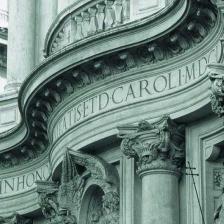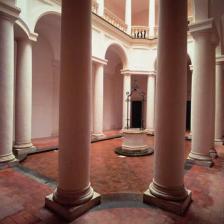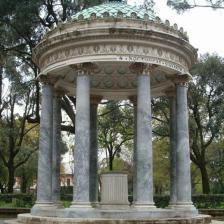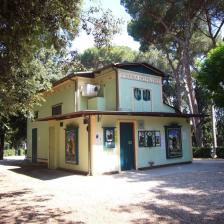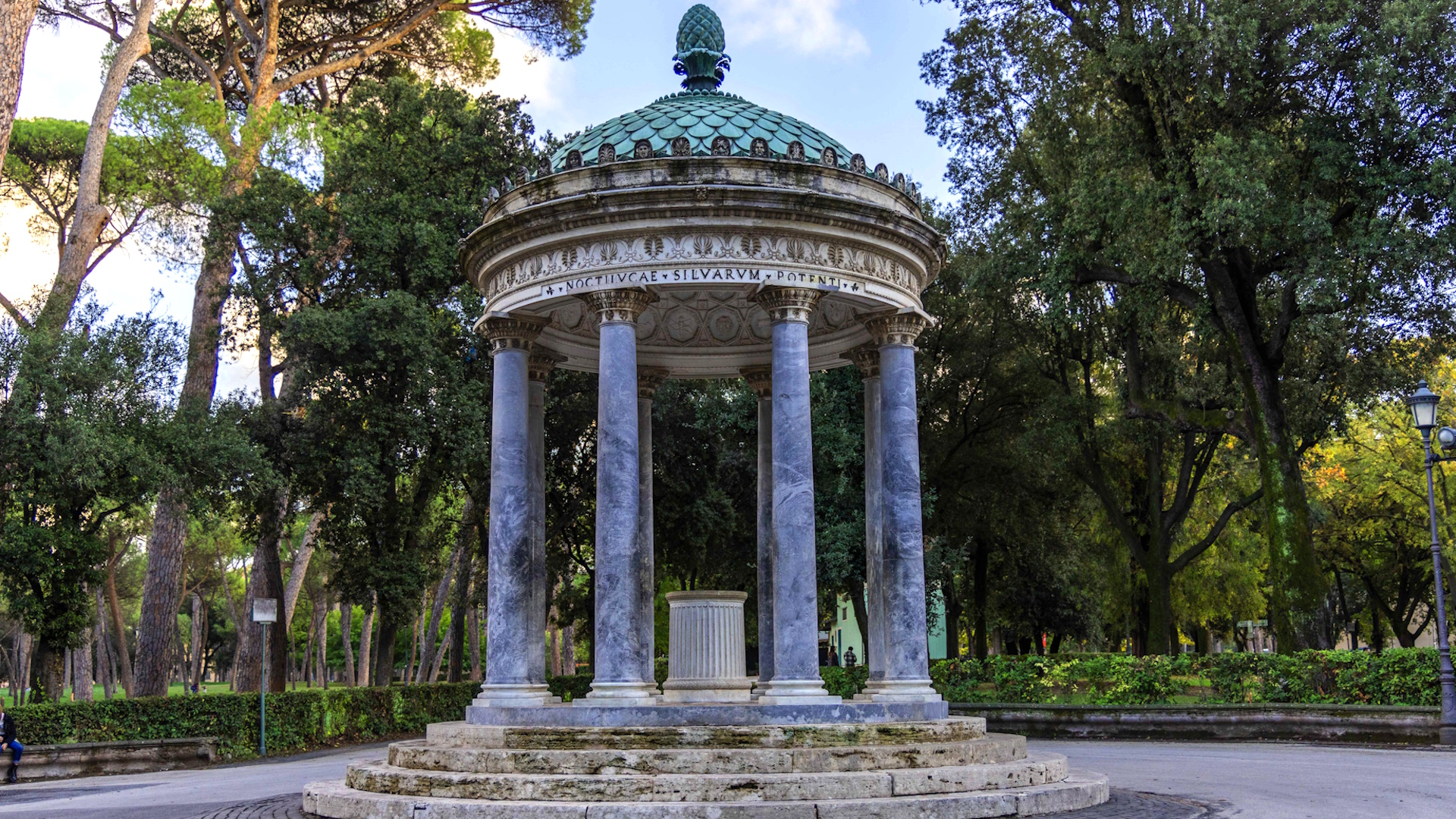
Imposing and monumental: when trying to describe Rome’s architectural heritage over its millennial history, these are probably the first words that come to mind. Sometimes it’s already the name by which monuments and building are known that says much about their size, we are talking for example of the Colosseum or the Circus Maximus. In Rome, in short, architects have always been used to thinking “big.”
However, the urban fabric is sometimes made of silk yarns and embroideries, small-scale works that seem to shine with their own light and are a feast for the eyes and the imagination in spite of their size. After all, as the sculptor Giacometti said, “By doing something a half centimeter high, you are more likely to get a sense of the universe than if you try to do the whole sky.”
To begin to rediscover the great beauty of small things, we present you seven “extra-small” masterpieces: at least as regards artworks, what really matters are proportions and the perfect balance between the elements. Small is beautiful, sometimes wonderful.
#1 San Benedetto in Piscinula - Overlooking Piazza in Piscinula, whose name probably comes from the pools of ancient Roman baths, it is a perfect little church dedicated to the saint of Nursia and built, according to tradition, in 543 over the ruins of a large house belonging to the noble gens Anicia. The future St. Benedictus was said to have stayed at this house for several years before leaving for the town of Subiaco in Lazio. Despite its very small size, the church has important historical and artistic treasures, first of all the original porphyry and serpentine Cosmatesque floor from the 12th century, which testifies to the importance of the church in medieval Rome. Warm and intimate, San Benedetto in Piscinula has a few rather good reasons to be proud of: decorated with tiny mullioned windows supported by a small column, the beautiful 12th-century Romanesque bell tower is the smallest in the city and preserves the oldest bell in Rome, cast in 1069 and with a diameter of just 45 cm.
#2 San Giovanni in Oleo - On Via di Porta Latina, close to the Aurelian wall gate, a tiny octagonal chapel or oratory is likely to go unnoticed. Its simple elegance comes from an uncertain but illustrious authorship. Built in Renaissance Rome at the expense of the French prelate Benoît Adam (remembered on one of the doors with the inscription “Au plaisir de Dieu”, “At God’s pleasure”), is fathered on either Bramante or Antonio da Sangallo the Younger. In 1658, it was remodeled by Borromini, who altered the roof and added a frieze with roses and palm leaves and the elaborate finial including a large globe of six roses. Some years later, Lazzaro Baldi painted the cycle of frescoes depicting Saint John in a cauldron of boiling oil, that is “in oleo”. Tradition has it that the attempted execution of the saint took place here: it was the year 92 A.D. and the crowd that had gathered there, terrified of seeing him unscathed, implored Emperor Domitian to save his life. St. John was thus exiled to the Greek island of Patmos, where he wrote the Apocalypse.
#3 Tempietto del Bramante - The idea of perfection applied to architecture: built by Bramante in the first decade of the 16th century for the King of Spain, this small round temple was immediately regarded as a masterpiece and is one of the most accomplished experiments of the Renaissance dream. Inspired by classical Roman and Greek art and surrounded by 16 gray granite columns, a number recognized as perfect by Vitruvius, it stands in the middle of one of the courtyards of the complex of San Pietro in Montorio, today part of the Royal Academy of Spain. According to a late legend, it marks the place on the Janiculum Hill where St. Peter the apostle was crucified upside down. The internal diameter is just 4 meters but the harmony of the proportions between diameter and height, the balance of the elements and the purity of the lines make us forget its true dimensions and make it appear, despite everything, monumental. Below the temple, there is an extraordinary circular crypt, whose center indicates the place where the cross of the martyrdom of St. Peter would have been planted.
#4 San Carlo alle Quattro Fontane - As big as a pillar of Saint Peter’s dome, it is an iconic masterpiece of Baroque architecture. It was designed by Francesco Borromini who was asked by the Spanish Trinitarians to restore their church in 1634. The result exceeded all expectations: it is impossible not to be enchanted by the tiny and candid octagonal cloister, by the concave-convex facade or by the small and elegant bell tower topped by a pagoda-like roof. But what is most striking is perhaps, inside the church, the oval dome, a puzzle of prospectively deformed octagons, hexagons and crosses that give the impression of a much larger and dilated space than it actually is, flooded of light from a lantern, on the top of which we see the dove of the Holy Spirit as in a supernatural apparition. Such is the tiny scale of the church that it is popularly known by the diminutive “San Carlino” but with so much beauty we forget about the actual dimensions of the building.
#5 Tempietto di Diana - With its 80 hectares, Villa Borghese includes, besides terraces, statues, fountains and museums, a tiny and elegant circular temple in neoclassical style. Attributed to Antonio Asprucci and his son Mario and dated 1798, it was commissioned by Prince Marcantonio IV Borghese, the most munificent patron of 18th-century Rome, who transformed the villa built by Cardinal Scipione Caffarelli Borghese into a large fashionable garden. In this case, the Temple of Vesta or the Temple of Love in the gardens of Versailles were the sources of inspiration and the models were reworked with grace and finesse. Eight gray marble columns, which rest on four circular steps, support a dome surmounted by a pine cone. Inside, on a base still present today, there was a life-size statue of Diana (goddess of the hunt and the moon), a Roman copy of a Greek original statue restored by Vincenzo Pacetti’s workshop. The statue is now at the Louvre: to remember the goddess we still have an inscription on the architrave, “NOCTILVCAE · SILVARVM · POTENTI”, to the goddess of night light, lady of the forests.
#6 Santa Maria dell’Archetto - Its official name is Santa Maria Causa Nostrae Laetitiae but it is popularly known as the Madonna dell’Archetto: it is hosted by the smallest Marian shrine in Rome, and perhaps in the world. Unknown to the general public for its secluded position at the bottom of an alley, the church has a peculiar history: it was built in 1851 in the exact place where, since the end of the 17th century, an image of the Virgin Mary was placed under an arch between two was palaces. Considered soon miraculous, the image became famous on 9 July 1796, when together with other Madonnelle of the city the Virgin Mary was seen moving her eyes. The tiny church is a masterpiece of neo-Renaissance architecture, with precious marbles and sculptures. It was designed by architect Virginio Vespignani who managed to give it the appearance of a small basilica. A curiosity: the frescoes of the vault and the tiny dome are by Costantino Brumidi, often referred to as the “Michelangelo of the United States” and best known for the murals he painted in the United States Capitol.
#7 Cinema dei Piccoli - A fairy tale house in real world. Built to entertain children and adults alike, the movie theater Cinema dei Piccoli has all the credentials to be included among the city’s artworks, especially for all those who haven’t lost their childlike sense of wonder. Its history began in 1934, when a tiny movie theater with a bedsheet for a screen was set up in the gardens of Villa Borghese to host cartoons and comic shows. A picture of Mickey Mouse with a camera was part of its sign, and for this reason it was soon renamed by the Romans “Mickey Mouse House”. Disney objected to the use of the name but the picture remained there until the 1970s. Renovated between the eighties and nineties, since 2005 it is listed in the Guinness Book of Records as being the smallest purpose built cinema in operation in the world. Its screen is only 5 × 2.5 meters and its viewing room has barely sixty seats, all contained in a very small wooden house with a floor space of just 70 square meters.
Church of San Benedetto in Piscinula
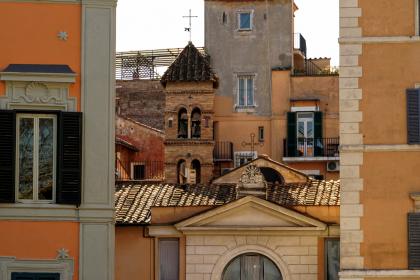
 Condividi
Condividi
Church of San Giovanni in Oleo
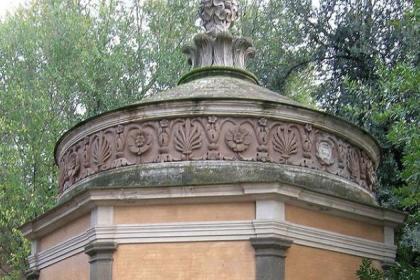
 Condividi
Condividi
Temple of Bramante
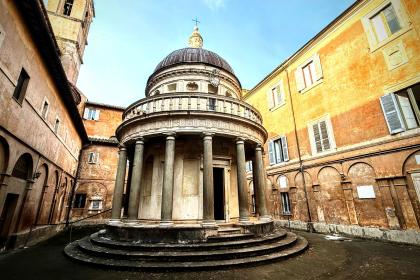
 Condividi
Condividi
The Church of San Carlo alle Quattro Fontane
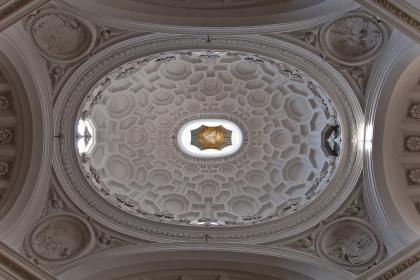
 Condividi
Condividi
Villa Borghese
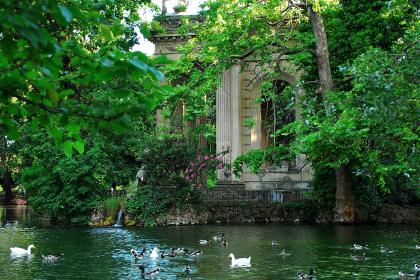
 Condividi
Condividi
Chapel of the Madonna dell'Archetto (Church of Santa Maria Causa Nostrae Laetitiae)
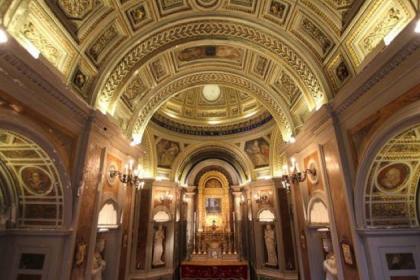
 Condividi
Condividi
Cinema dei Piccoli
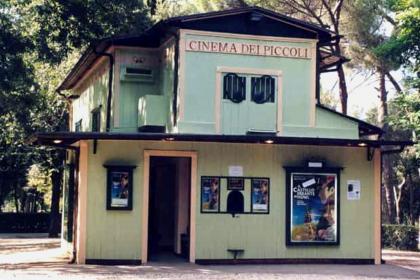
 Condividi
Condividi
Basilica of San Giovanni a Porta Latina
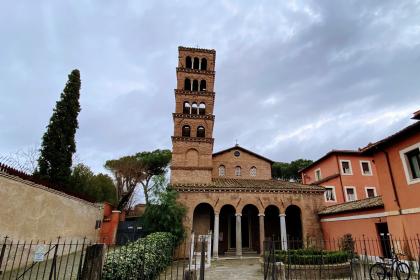
 Condividi
Condividi
Church of San Pietro in Montorio
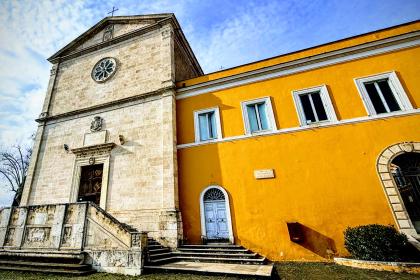
 Condividi
Condividi












































